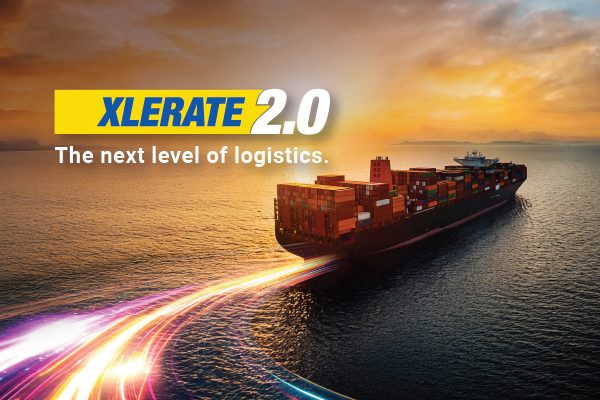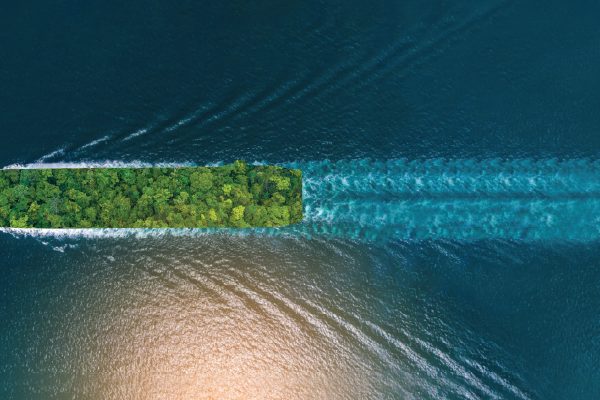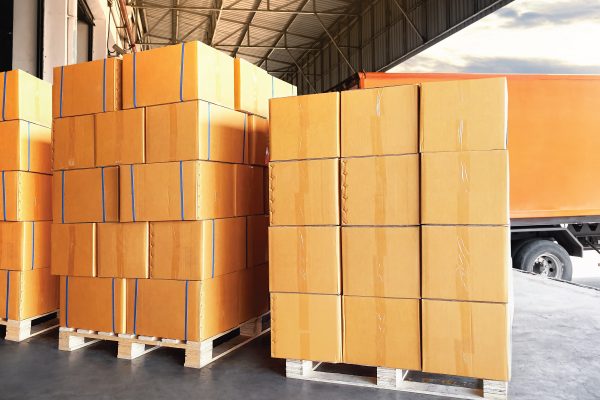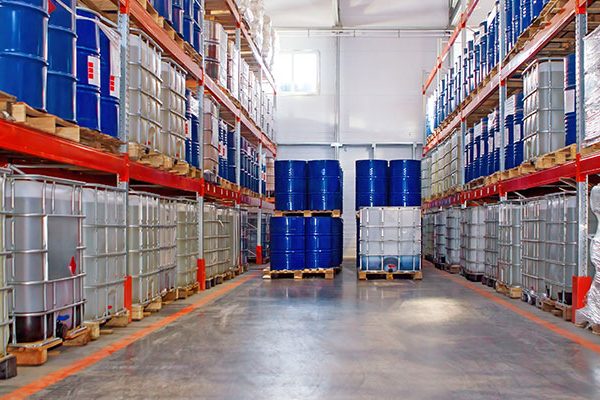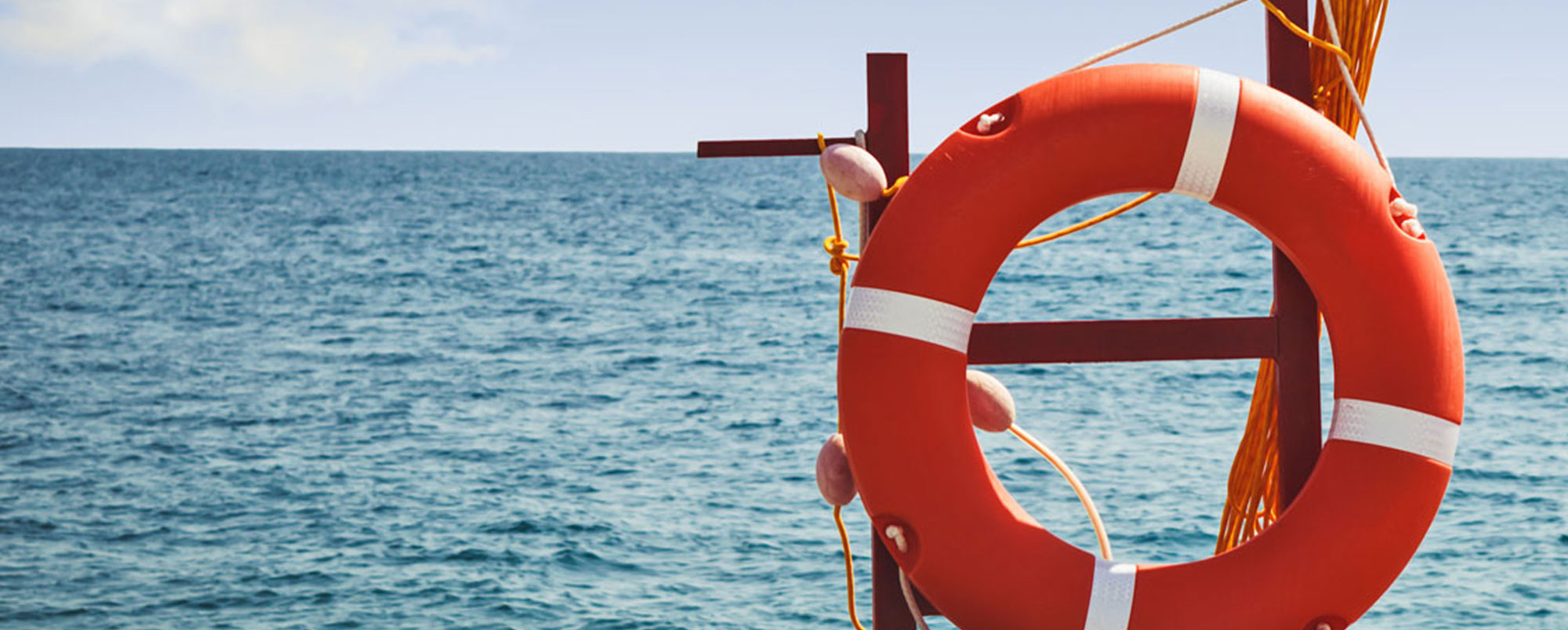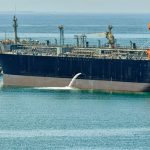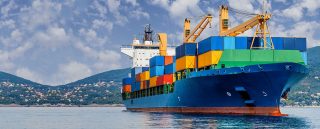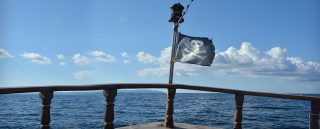Solas convention New rules have kicked in from July 1, 2016 to make container vessels safer
Modern ships, including bulk carriers, tankers and containers, are designed for safety and stability, both at sea and at ports and terminals. But a vessel’s safety can be compromised by the goods that it carries – over loading can lead to accidents.
Modern container vessels carry thousands of boxes, but the mass of each container varies dramatically. When thousands of containers are loaded on to a vessel, often heavier ones end up being kept on top of lighter ones, which could lead to instability during the long sojourn in the sea. Shippers or forwarders do not weigh containers and a vessel can be overloaded, posing a risk to the vessel in the high seas.
Overweight containers have in the past resulted in avoidable accidents. Many containers have fallen off the sea causing hefty financial losses.
Concerned over a spurt in such incidents, the International Maritime Organization (IMO) – the body which had initiated the 1974 version of the International Convention for Safety of Life at Sea (Solas) – decided to amend the convention to make it more stringent.
The IMO began consultations with the global shipping community in 2010 and four years later adopted new rules as part of the Solas convention. While the amendments to the global law were adopted in November 2014, they have come into force from July 1.
Before the new rules became effective, there was no way to ensure that the declared weight of a container was accurate. From July 1, a shipper has to provide the verified gross mass (VGM) of every container to the shipping line or to the port terminal. The shipper will also have to ensure the accuracy of the VGM.
In the absence of a shipper providing the VGM, the container will not be loaded on to a vessel. Initial reports from around the world indicate that the adoption of the new rules has been smooth and there have been no major disruptions.
Indeed, looking at the smooth manner in which the global industry has adapted to these changes, it should be smooth sailing for container vessels in the future.
It took the Titanic for tightening safety rules
- Though the Solas convention usually refers to the one that was adopted in 1974 (and came into force six years later), the first version of a ‘safety of life at sea’ treaty came into force in 1914, in the wake of the Titanic disaster.
- The sinking of the Titanic, after it struck an iceberg, killing more than 1,500 passengers in April 1912, shocked the global shipping industry and resulted in the formulation of new rules and regulations, transforming the sector and ensuring safety on the high seas.
- The Solas convention has undergone four major revisions – in 1929, 1948, 1960 and 1974.




